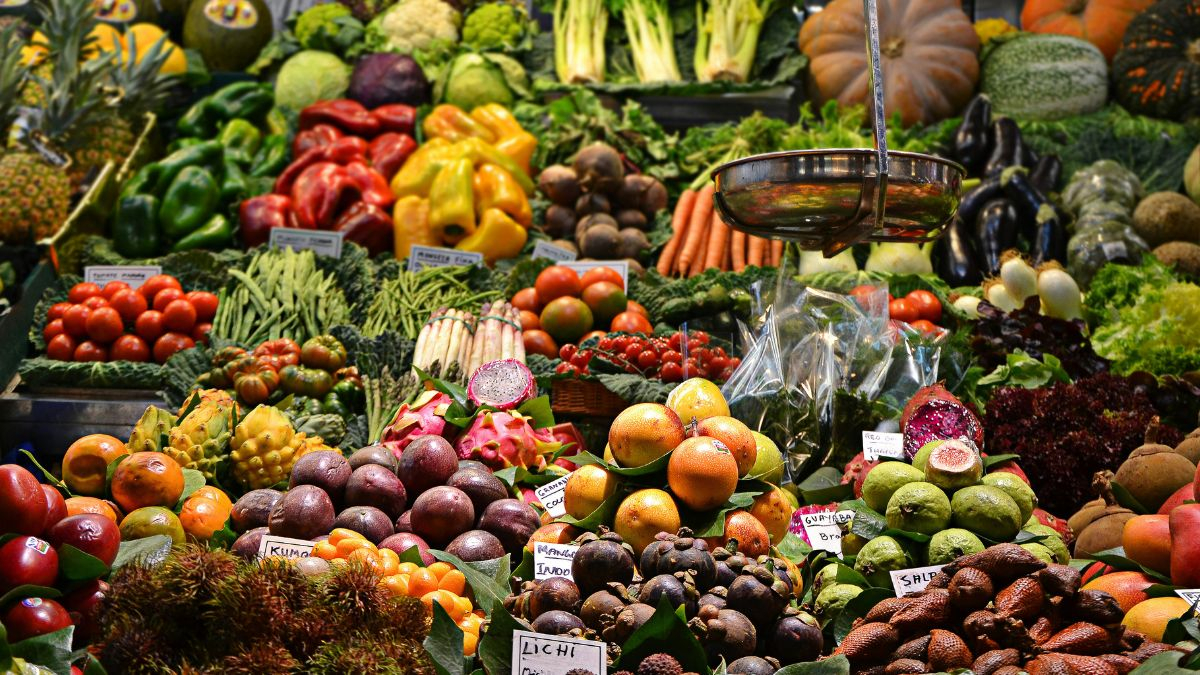There are some major changes expected to happen by 2025 under The Supplemental Nutrition Assistance Program (SNAP), popularly referred to as food stamps. The USDA has decided on modifications to the SNAP benefits in order to help the recipients still afford enough food during this time of inflation characterized by the rising cost of living. According to the recent inflation reports, SNAP payments will increase as from January 2025.
How inflation affects SNAP payments
SNAP advantages are altered every year based on inflation rates to ensure that they mirror today’s food prices and living costs. The maximum SNAP monthly allotment is based on USDA using the Thrifty Food Plan which aims to come up with nutritious yet low cost diets. In case of increased inflation rate, cost of this food scheme also rises and accordingly increases SNAP benefits.
According to inflation data for September, there was a 3.2% increase of Consumer Price Index (CPI) on food with dairy, fruits and vegetables being among the highly priced essential foods. This fact is significant since it determines how SNAP assistance is calculated annually. It indicates hence that from 2025 onwards, beneficiaries should expect more money from the programme.
Expected increase in SNAP payments
The USDA anticipates an average increase in SNAP payments of approximately 3% for the 2025 fiscal year based on the most recent inflation data. The maximum monthly subsidy for a family of four comprises $939 during 2024, which could rise to around $967 by 2025. Likewise, an individual can expect their maximum support to move up from $281 to about $290 every month.
These increments are meant to facilitate better management of escalating food prices by SNAP beneficiaries. However, a household’s actual amount depends on their income level, size as well as several other parameters. Even though there will be some relief from this payment index increment, many beneficiaries will still have to make careful financial allocations so that they can have balanced diets amidst high levels of inflation rate.
Additional adjustments for 2025
The 2025 increase in SNAP payments is part of a broader effort to adjust federal assistance programs to the realities of current economic conditions. In addition to the base benefit increase, the USDA has also made changes to the income eligibility thresholds for SNAP. These thresholds have been raised to accommodate for the higher cost of living, allowing more households to qualify for benefits or receive a higher allotment.
For example, the gross monthly income limit for a household of three will increase from $2,495 in 2024 to approximately $2,570 in 2025. This adjustment means that families who previously did not qualify due to slightly higher incomes may now be eligible to receive benefits.
The rise in SNAP payments in 2025 is an initiative aimed at realigning federal aid schemes with the current economic condition. Besides the possible increase in the benefit amount, the USDA has reviewed and updated the income eligibility thresholds for SNAP. These thresholds have been increased to help increase the number of people who qualify for SNAP or are being paid more money because of the high cost of living.
What SNAP recipients should do
You can prepare for these upcoming changes by understanding how the new benefit amounts and eligibility criteria will affect your individual situations. The USDA encourages beneficiaries to review their household information and report any changes in income or expenses to ensure they receive the correct benefit amount.
Moreover, recipients may want to visit their local SNAP office or consult online resources to learn more about how to maximize their benefits under the new guidelines. With the 2025 adjustments on the horizon, staying informed will be key to navigating these changes effectively.

